Increase connectivity and interaction
At the end of 2024, the Vietnam Military History Museum opened to the public, becoming an attractive destination for everyone. Specifically, the Vietnam Military History Museum has more than 150,000 artifacts, including 4 national treasures. The museum has applied the latest and most modern technologies in the field of projection and experience to increase interaction and experience for viewers.
Or at the Vietnam Journalism Museum, visitors can admire 35,000 artifacts and access the career stories of generations of veteran journalists, through touch. In an area of about 1,500m2, using digital display methods, museum visitors only need to touch to directly access sounds, images, films, portraits of journalists and press stories, making the artifacts attractive and vivid.
 |
3D technology helps visitors have interesting experiences at the National History Museum. (Screenshot) |
At the Project “Sharing and Preserving Vietnamese Heritage” in 2024, speaking with reporters from the Vietnam Law Newspaper, Ms. Nguyen Thi Tham - Director of the Southern Women’s Museum emphasized the importance of using attractive and vivid stories to help artifacts leave a deep impression on visitors. Famous museums around the world have been very successful in applying many interesting storytelling methods.
Currently, some museums apply 360 VR technology and Yoolife application to enhance the experience for visitors. For example, with just a phone, visitors can have a comprehensive view of all the artifacts in the museum, with detailed annotations and illustrations. In addition, some museums in Vietnam are applying storytelling boxes, creating a separate space to recount events related to the artifacts in the most realistic and intimate way.
Expanding the scope of technology applications in museums
In fact, in recent times, museums around the world have had many new, unique and interesting applications to attract visitors. AI is being used quite commonly in some museums in Europe.
In Vietnam, in 2022, the Ho Chi Minh City Museum of History will test the Batalis Robot model to explain and guide visitors. This robot is capable of projecting images and videos introducing the museum, artifacts and galleries, bringing a new experience to visitors.
However, in Vietnam, there are still challenges in human resources and funding to apply high technology, so most museums are still applying relatively simple and popular technologies. The most popular are QR codes to scan information and data about displayed artifacts and virtual technology VR 360, Mapping to create multidimensional space.
In addition to applying technology to tell the stories of artifacts, museums in Vietnam need to use scientific achievements to preserve and store artifacts. Currently, some artifacts are deformed, damaged, and even beyond repair due to the effects of time and tropical climate in Vietnam. Therefore, the preservation and restoration of artifacts such as clothes, jewelry, mats, plaques, proclamations, etc. requires investment and careful research by a team of scientists.
Source: https://baophapluat.vn/ung-dung-cong-nghe-de-lam-moi-bao-tang-post543576.html


![[Photo] Prime Minister Pham Minh Chinh chairs meeting to urge highway projects](https://vstatic.vietnam.vn/vietnam/resource/IMAGE/2025/3/29/6a3e175f69ea45f8bfc3c272cde3e27a)


![[Photo] Dong Ho Paintings - Old Styles Tell Modern Stories](https://vstatic.vietnam.vn/vietnam/resource/IMAGE/2025/3/29/317613ad8519462488572377727dda93)




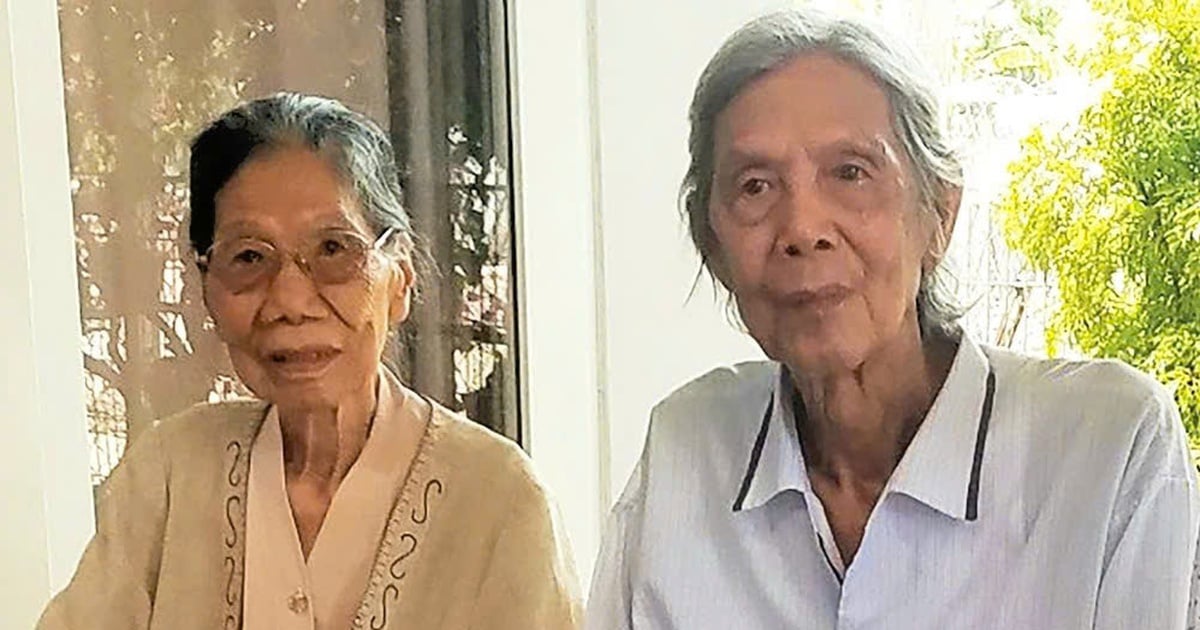
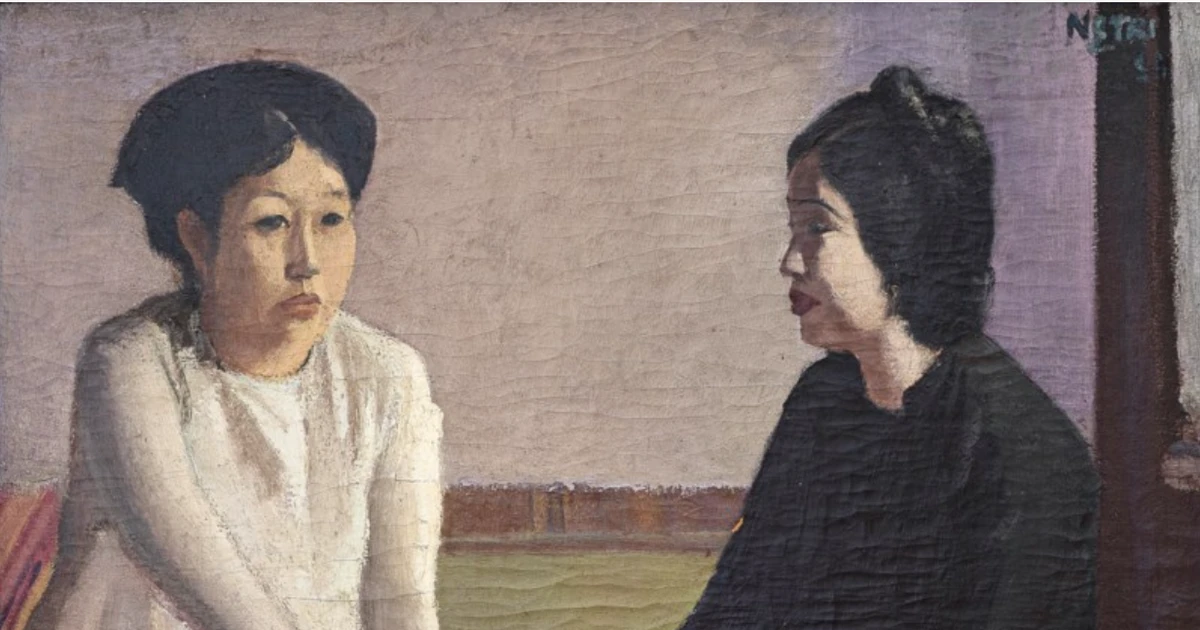




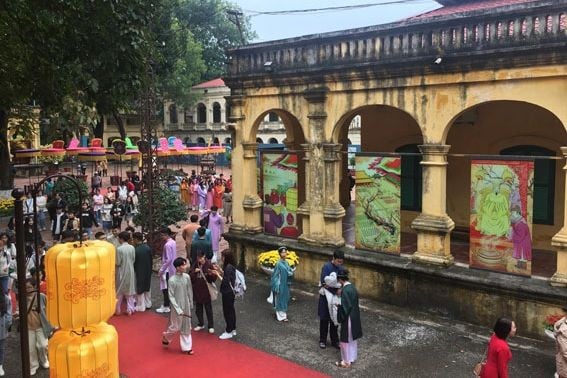




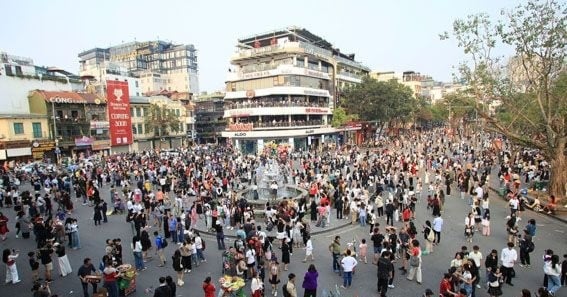
![[Photo] Prime Minister Pham Minh Chinh and Brazilian President Luiz Inácio Lula da Silva attend the Vietnam-Brazil Economic Forum](https://vstatic.vietnam.vn/vietnam/resource/IMAGE/2025/3/29/f3fd11b0421949878011a8f5da318635)

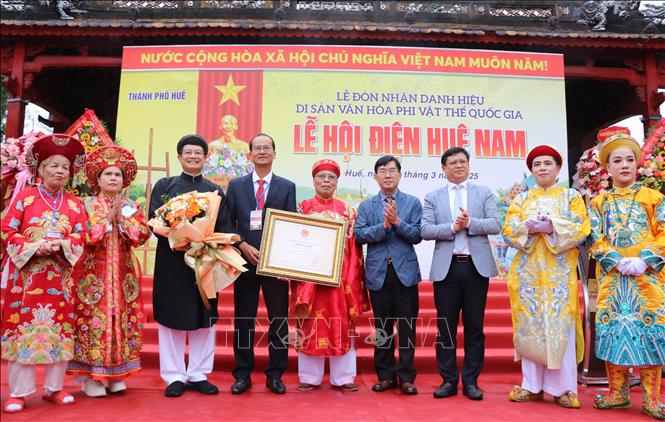

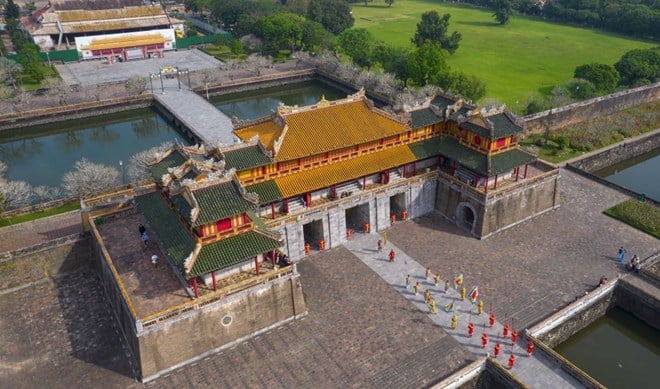






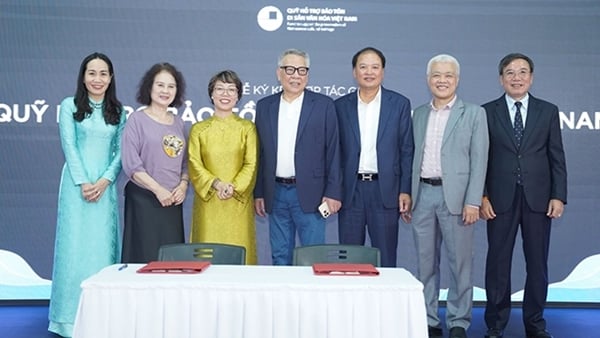





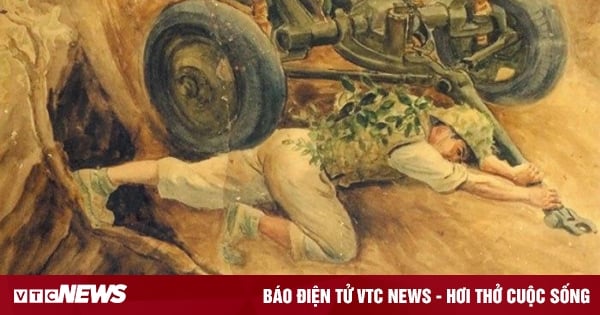

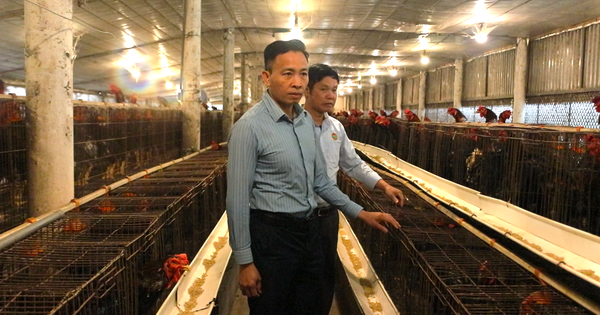





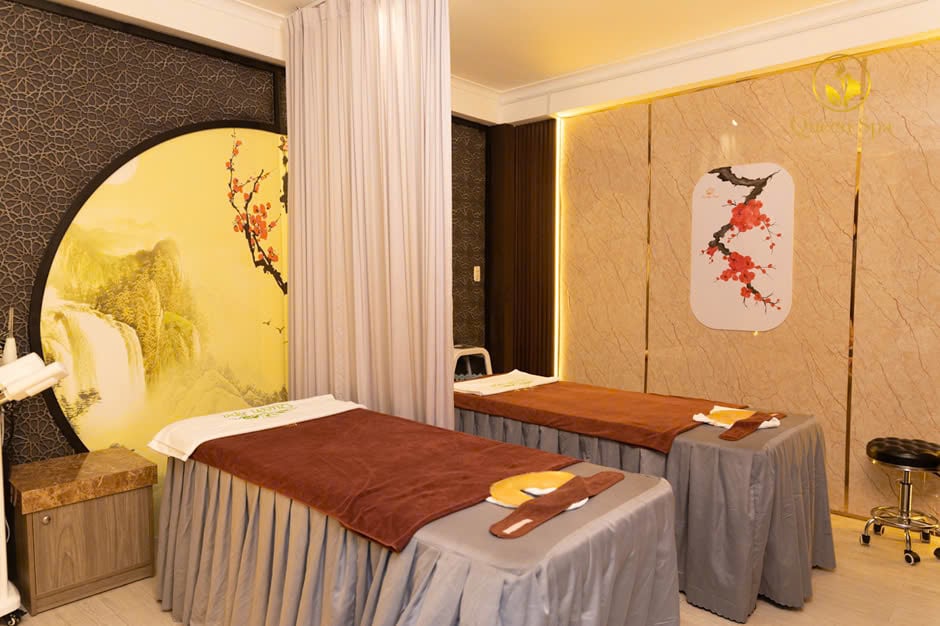






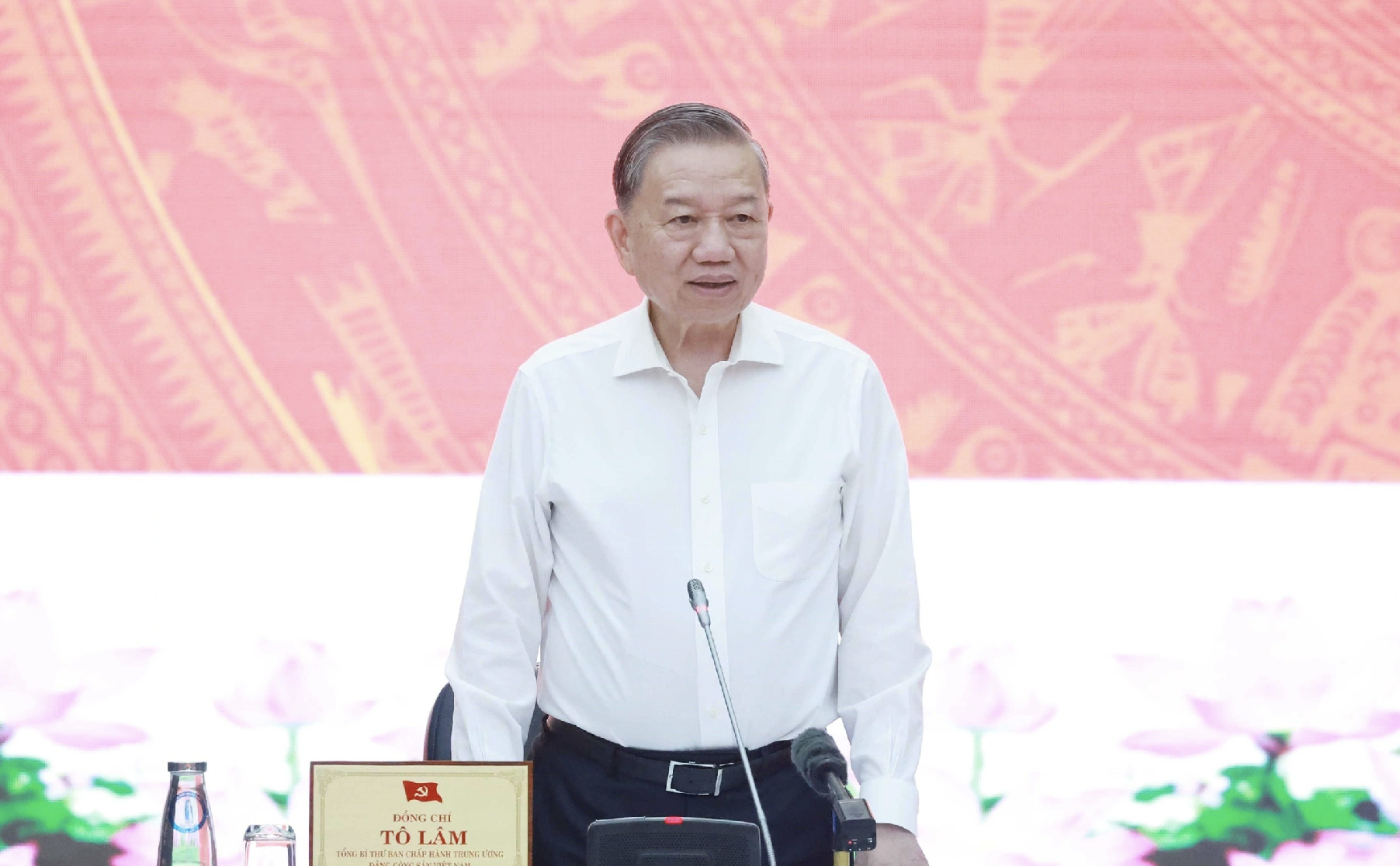




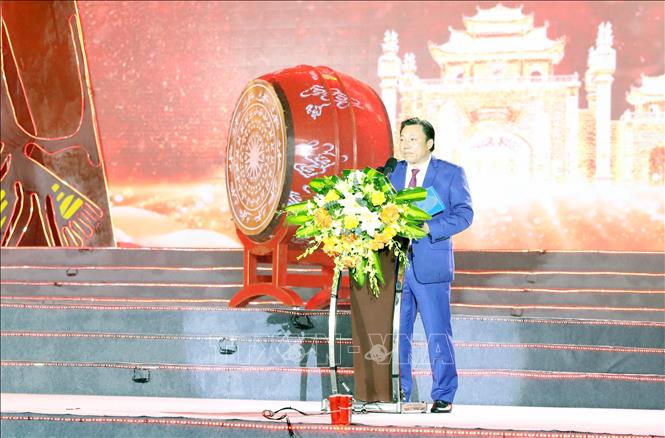
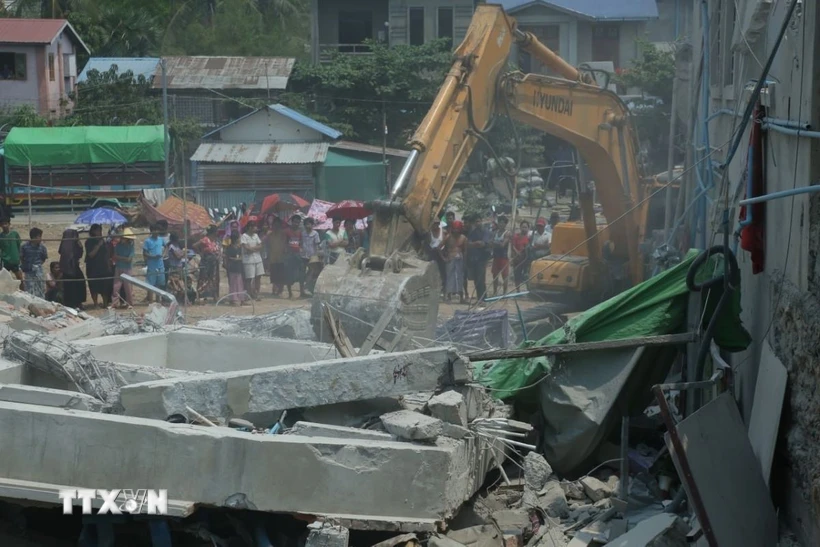


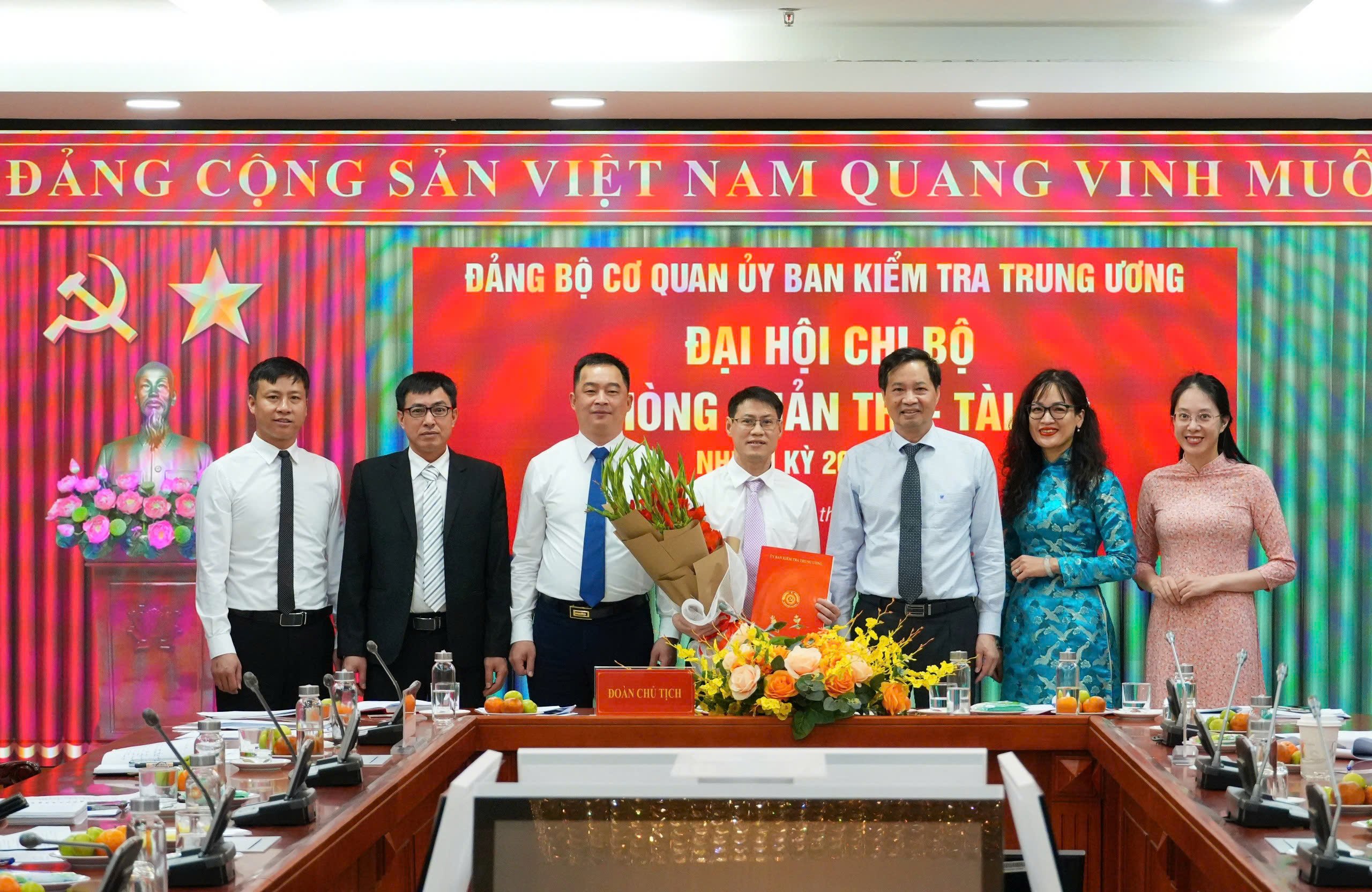
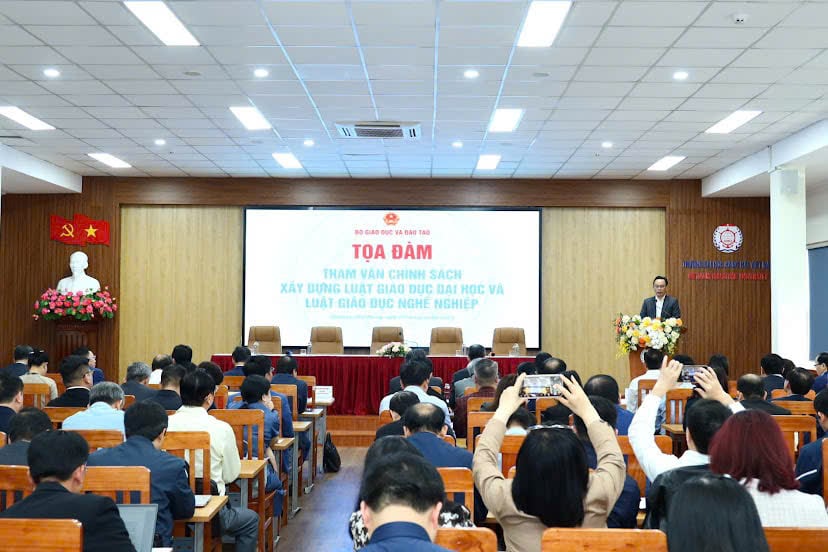

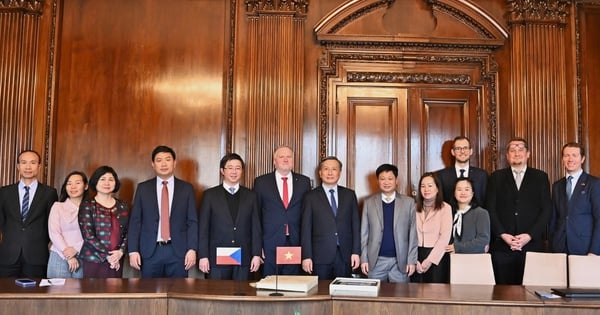

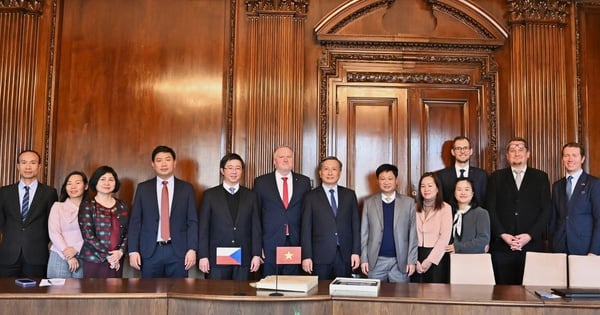
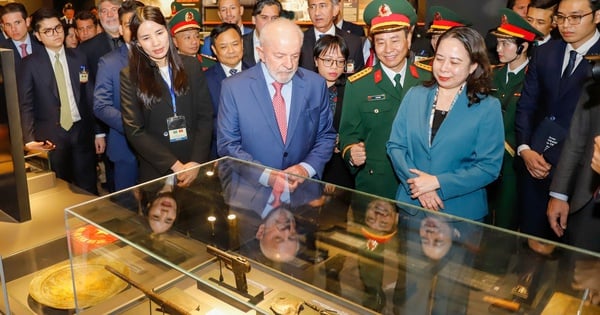




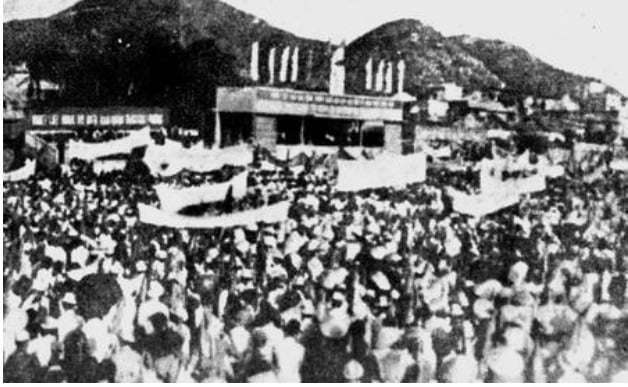



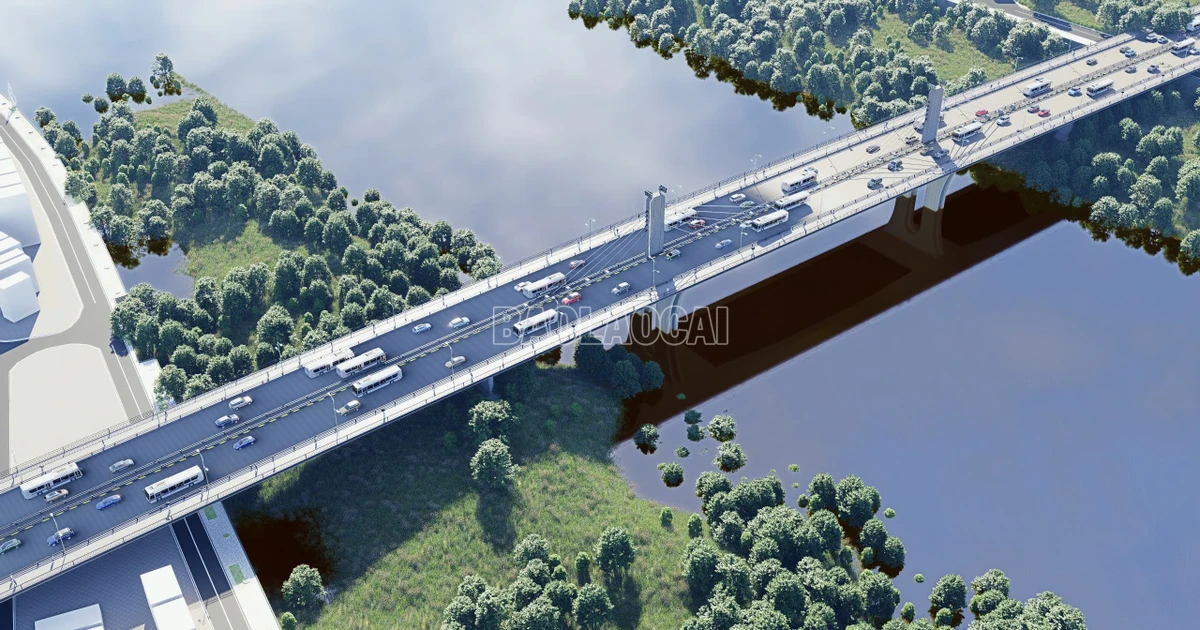

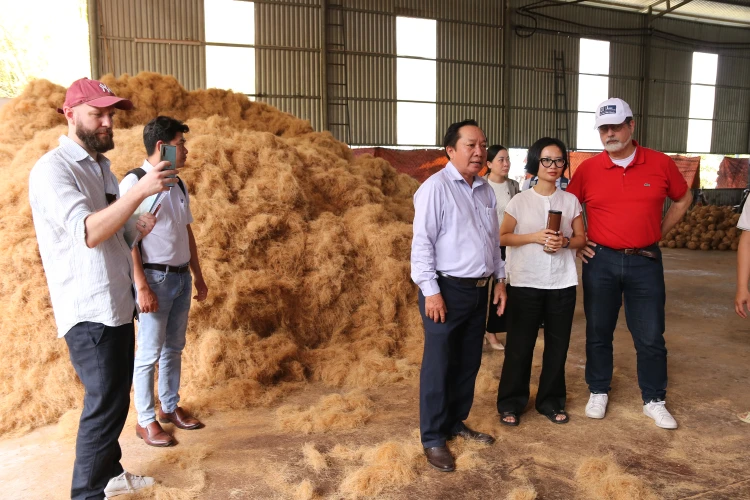

![[REVIEW OCOP] An Lanh Huong Vet Yen Cat](https://vstatic.vietnam.vn/vietnam/resource/IMAGE/2025/3/27/c25032328e9a47be9991d5be7c0cad8c)



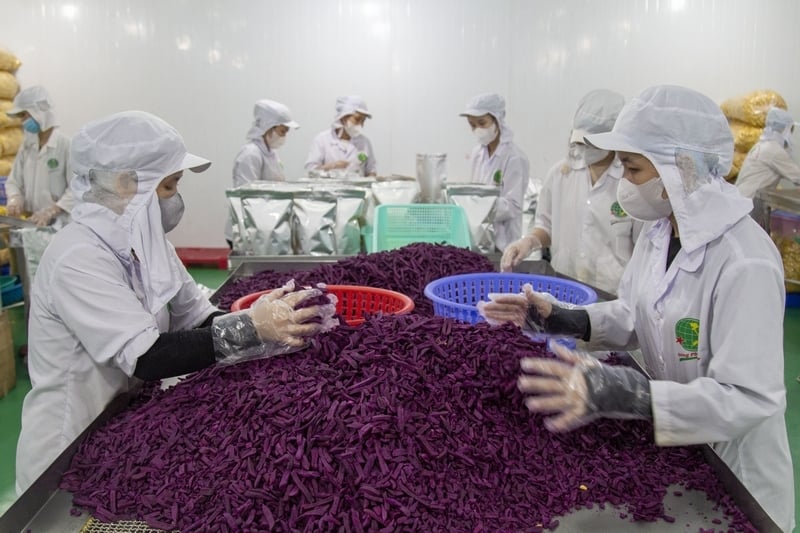
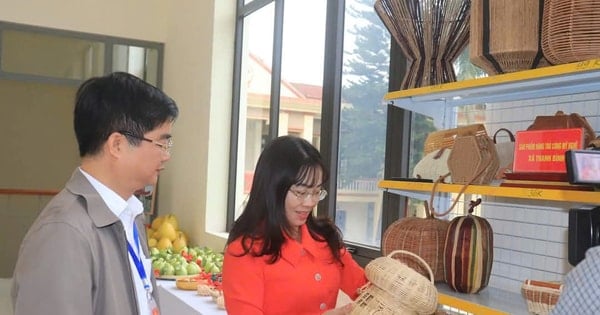
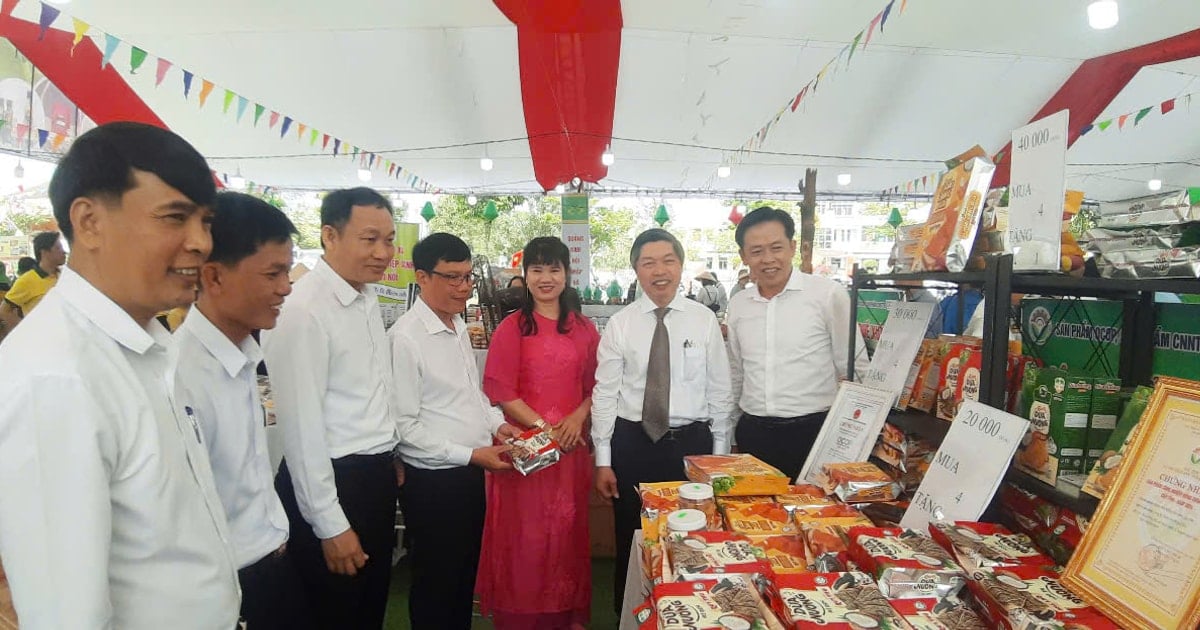

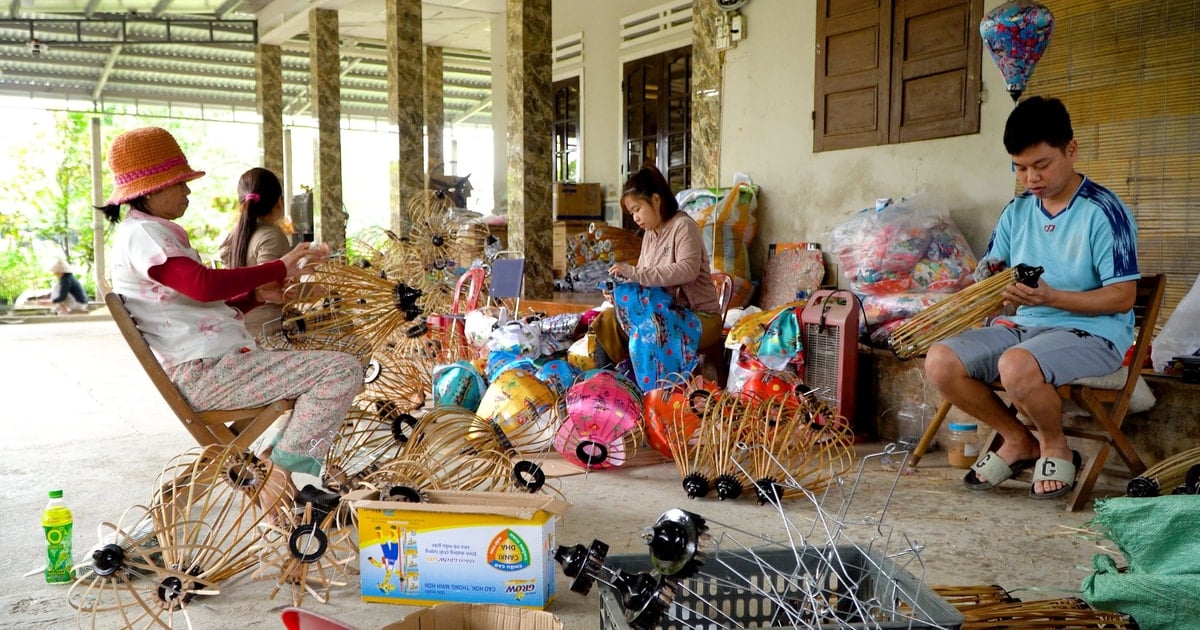
Comment (0)